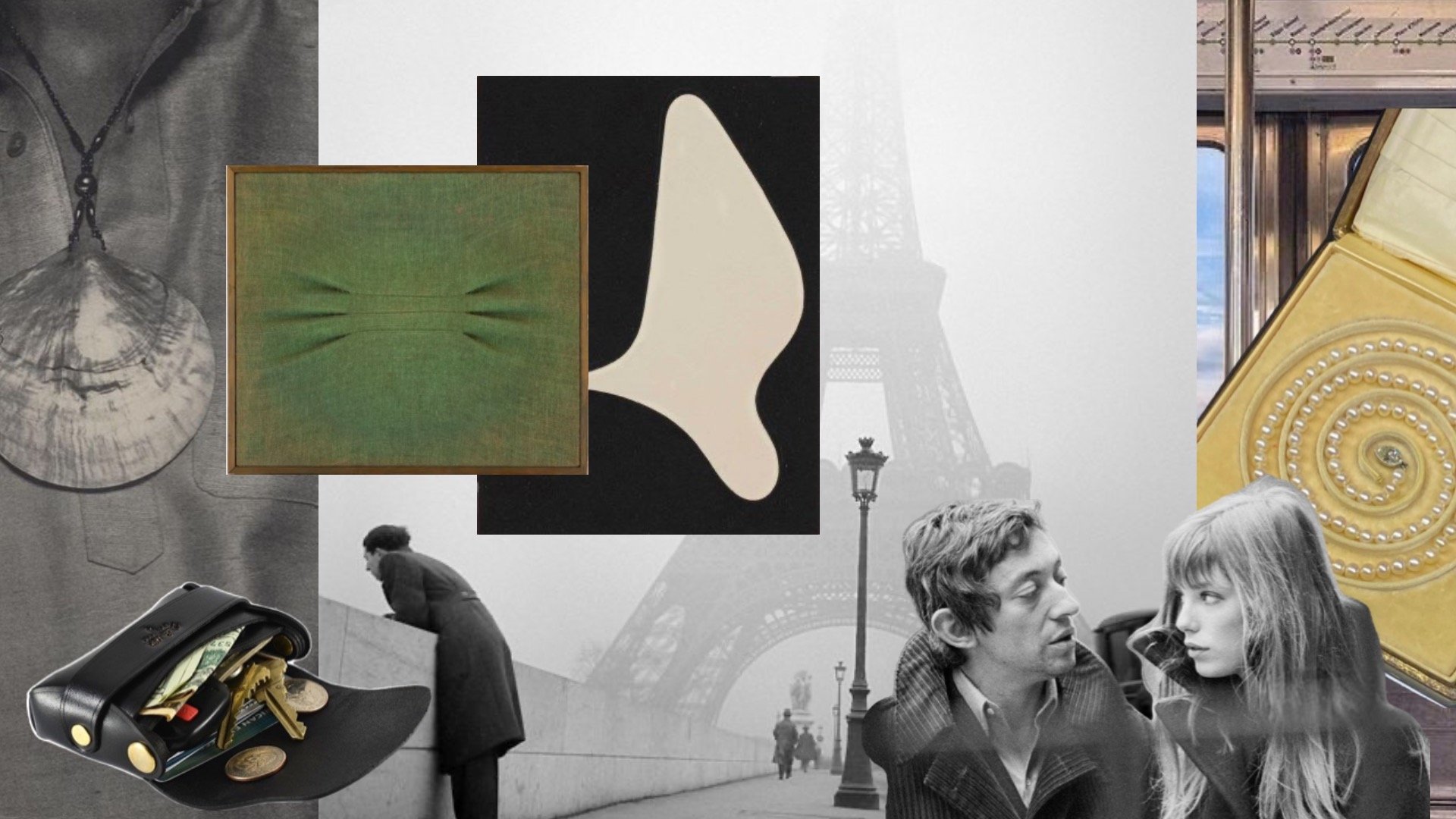Pack like Didion.
Written by Pages Editorial.
"This is a list which was taped inside my closet door in Hollywood during those years when I was reporting more or less steadily. The list enabled me to pack, without thinking, for any piece I was likely to do. Notice the deliberate anonymity of costume: in a skirt, a leotard and stockings, I could pass on either side of the culture. Notice the mohair throw for trunk-line flights (i.e. no blankets) and for the motel room in which the air conditioning could not be turned off. Notice the bourbon for the same motel room. Notice the typewriter for the airport, coming home: the idea was to turn in the Hertz car, check in, find an empty bench, and start typing the day’s notes. It should be clear that this was a list made by someone who prized control, yearned after momentum, someone determined to play her role as if she had the script, heard her cues, knew the narrative. There is on this list one significant omission, one article I needed and never had: a watch. I needed a watch not during the day, when I could turn on the car radio or ask someone, but at night, in the motel. Quite often I would ask the desk for the time every half hour or so, until finally, embarrassed to ask again, I would call Los Angeles and ask my husband. In other words I had skirts, jerseys, leotards, pullover sweater, shoes, stockings, bra, nightgown, robe, slippers, cigarettes, bourbon, shampoo, toothbrush and paste, Basis soap, razor, deodorant, aspirin, prescriptions, Tampax, face cream, powder, baby oil, mohair throw, typewriter, legal pads, pens, files and a house key, but I didn’t know what time it was. This may be a parable, either of my life as a reporter during this period or of the period itself."
An ode to elegance, clarity, and the suitcase as self.
What’s in her bag? Joan Didion packed the way a writer approaches a sentence: sparingly, with precision, no unnecessary embellishments. Her packing list, famously scrawled on an index card and taped inside her suitcase, wasn’t a romantic artifact, it was a tool. Two skirts, a leotard, cigarettes, bourbon, her typewriter. There was nothing accidental in her suitcase. Everything had a purpose. Everything had earned its place.
To pack like Didion is not to take fewer things, it’s to take only what belongs to you. It’s a small refusal to be overwhelmed by the world. Packing, for her, was a way of holding the center, of suggesting to herself and the universe that she was prepared, even if the world around her wasn’t.
Didion believed in ritual, and packing was part of hers. Before every trip, she consulted that same list. It didn’t change. She didn’t perform for the destination. Instead, she carried with her a distilled version of herself, no matter where the plane landed. It wasn’t about dressing for Paris or LA or Saigon. It was about dressing for the person she knew herself to be.
Packing like Joan requires a kind of discipline that feels increasingly rare. Today, so many of us pack for the people we think we might become in a new place, the more glamorous, spontaneous, tanned, or poetic versions of ourselves. Joan didn’t do that. She didn’t bring fantasy clothes. She brought tools. A typewriter. Yellow legal pads. Cashmere & Mohair.
More than anything, she brought along her sense of control. In a career that often demanded sudden departures covering political campaigns, civil unrest and cross-country book tours she seemed to understand that travel could dissolve your identity if you weren’t careful. Packing then, was an act of anchoring. It was how she kept hold of the self.
There’s a kind of intimacy to the approach. Her list wasn’t aspirational; it was practical, personal, and slightly defiant. There was no performance. No wishful thinking. Instead, she traveled with the same clarity she brought to her writing. What do I need? What will serve me? What lets me work? What keeps me steady?
She didn’t need much. She needed what mattered. That’s the essence of her style, and her packing, and maybe her life: take only what you trust. And trust only what’s real.
To pack like Joan Didion, then, is not to mimic her list. It’s to make your own. To know yourself well enough to say, this is what I take with me, because this is who I am, wherever I go.
CONTRIBUTE
hello@pagesstudio.net
New York, London, Melbourne, Auckland.
La Piscine
SARTORIAL ANALYSIS BY ANASA FRASER
Coppola
SHORTLIST



